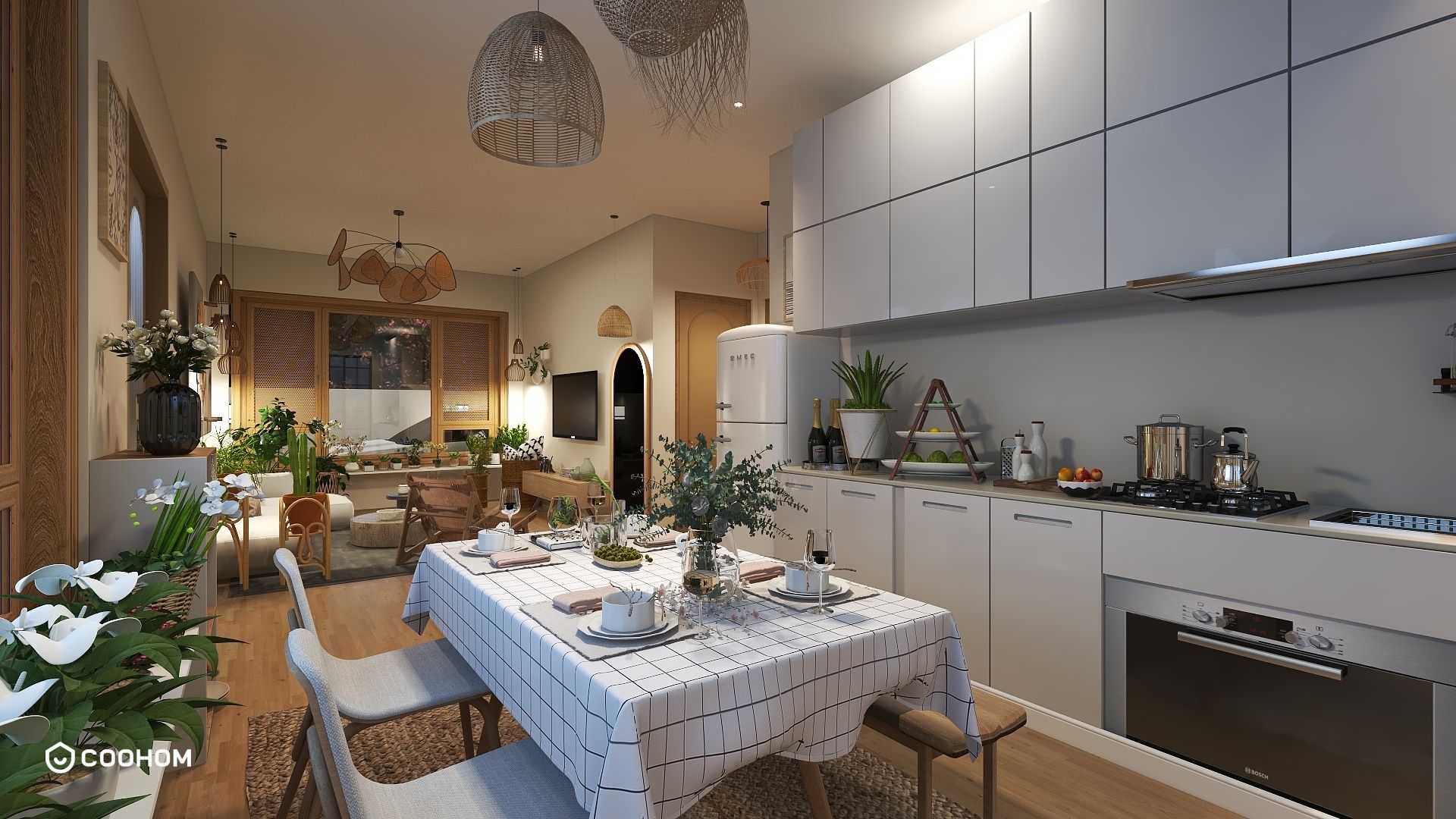2d floor plan to 3d sketchup: Transform Your 2D Floor Plans into Stunning 3D Models with SketchUp

Have you ever looked at a 2D floor plan and wondered how it would come to life in 3D? With SketchUp, the process of transforming your 2D drawings into vibrant 3D models is not only achievable but also quite enjoyable. This guide will walk you through the steps to effectively convert your flat layouts into impressive three-dimensional representations that can impress clients, friends, or even just for your own satisfaction.First things first, gather your 2D floor plan. This could be a hand-drawn sketch or a digital file. Make sure it’s clear and includes all the necessary details like dimensions, room layouts, door placements, and furniture arrangements. Once you have your plan ready, open SketchUp and set the scale according to your floor plan's measurements.Next, use the 'Line' tool in SketchUp to trace the outline of your floor plan. This will serve as the base for your 3D model. Ensure that each line corresponds accurately to the dimensions provided in your 2D plan. After completing the layout, use the 'Push/Pull' tool to extrude the walls to the desired height. This technique allows you to create the vertical elements of your design effortlessly.Once your walls are up, it’s time to add architectural details such as windows and doors. SketchUp offers a variety of pre-made components that you can easily drag and drop into your design, saving you time and enhancing the overall look of your model. This is also a great opportunity to play around with different styles and materials for your surfaces, giving your project a unique flair.Now that the basic structure is in place, let's focus on the interior design aspects. You can use the extensive library of 3D models available online to furnish your space. Want a sleek sofa in your living room? Or perhaps a modern kitchen setup? The possibilities are limitless! Just remember to scale your furniture correctly to maintain realism in your model.After you’ve furnished your space, it’s time for the finishing touches. Experiment with different lighting settings within SketchUp to create the ambiance you desire. Consider adding textures and colors to your walls, floors, and furniture to make your model pop. You can even use the 'Styles' panel to apply different visual styles that change how your model looks, from simple lines to photorealistic finishes.Finally, once you’re satisfied with your 3D design, don’t forget to save your work! SketchUp allows you to export your models in various formats, making it easy to share with clients or present your ideas effectively. Additionally, you can render your model using various plugins for SketchUp to create stunning visualizations that will wow your audience.In conclusion, converting a 2D floor plan into a 3D model with SketchUp is not only straightforward but also a creative process that can yield amazing results. Embrace the tools at your disposal, let your imagination lead you, and watch your ideas take shape in three dimensions!
Tips 1:
Always refer back to your original 2D plan to ensure accuracy in your 3D model.
FAQ
What is SketchUp? SketchUp is a 3D modeling software that allows users to create, modify, and share 3D models easily. Can I import my 2D floor plans into SketchUp? Yes, you can import images of your 2D plans into SketchUp as a reference.
welcome to Coohom
Please check with customer service before testing new feature.

